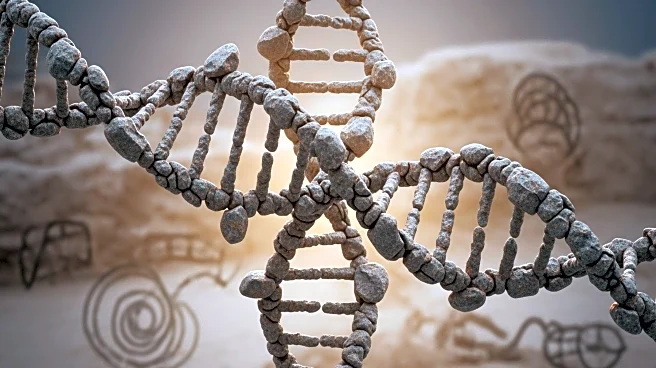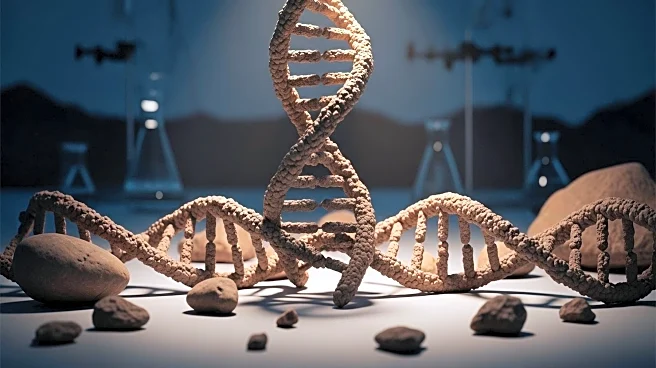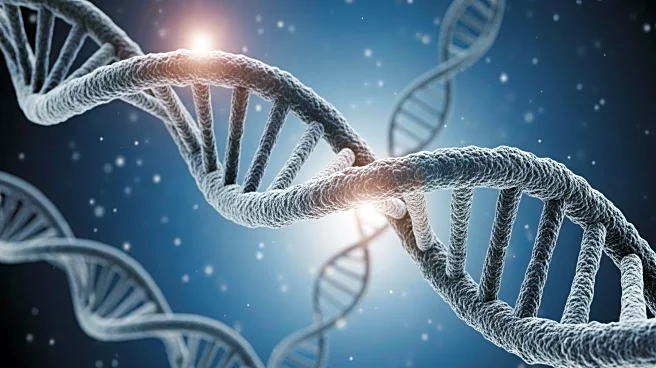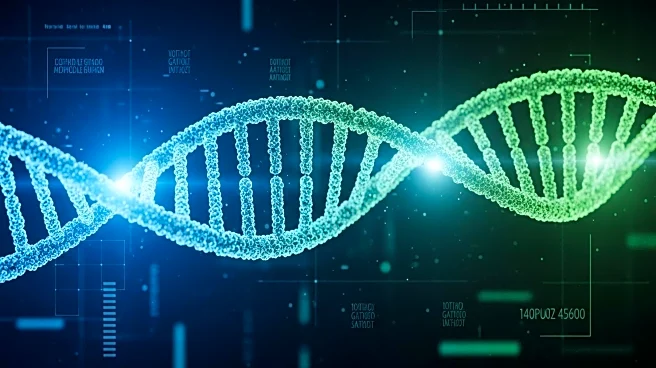What's Happening?
New genetic techniques have been developed to identify Denisovan relatives from fossil records, shedding light on this mysterious part of the human family tree. The research, published in the Proceedings of the National Academy of Sciences, uses innovative methods to detect changes in Denisovan gene regulation, providing insights into their physical traits. The study identified two skulls from China, the Harbin and Dali specimens, as closely matching the Denisovan profile. This research enhances understanding of Denisovan lineage and may aid in identifying other extinct human relatives.
Why It's Important?
The ability to identify Denisovan relatives from fossil records represents a significant advancement in the field of paleoanthropology. By uncovering more about Denisovan genetics and physical traits, researchers can gain a deeper understanding of human evolution and the diversity of ancient human relatives. This research also highlights the potential of genetic tools to refine the classification of fossil records and improve our knowledge of extinct hominin groups. The findings could lead to new discoveries about human ancestry and the evolutionary processes that shaped modern humans.











